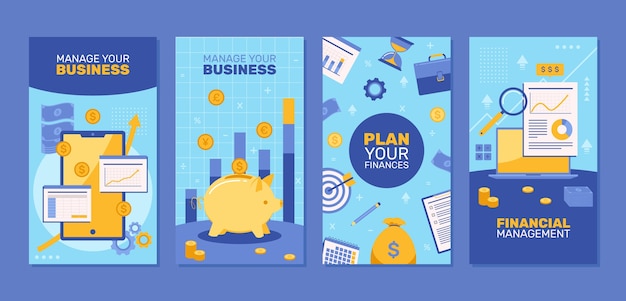
Uncover the Secrets to Mastering Your Personal Finances

BUDGETING
Easy Steps to Track Your Spending
By
Marc Andre, Updated May 19, 2022
Did you know that tracking your expenses is just as important as creating a budget to manage your personal finances? Not only can this give you more control over your money, but it doesn’t even take that much of your time. Although it does require a little effort, the benefits you’ll reap are definitely worth it.
Here are some practical ways you can keep track of your expenses:
1. Spreadsheets: My personal favorite! Simply create a spreadsheet (using Google Docs, Excel, OpenOffice, or any other platform you prefer) and jot down your daily expenses. Break them down into details like item purchased, price, where you bought it, and category. This way, you get total control and can see a cumulative total at any time.
2. Budgeting apps: They’ve been designed with this specific purpose in mind. You can automatically track expenses by linking to your credit card, but you’ll have to manually enter some. Just remember to double-check the auto-recorded expenses for accuracy. Try out the free and popular apps like Mint and EveryDollar!
3. Good old pen and paper: If you’re a fan of the traditional approach, you can simply record your expenses on paper. A bullet journal might be handy for this! If not, you can jot down your day’s expenses on paper and then input them into a spreadsheet every week or month.
Ready to start recording your expenses? Here’s how:
Step 1: Pick Your Style
Decide whether you’ll track your expenses using a spreadsheet, an app, or pen and paper. Whichever method you choose, ensure it is one you can commit to daily.
Step 2: Categorize
Classify your expenses into categories such as groceries, gas, clothes, utility payments, etc. This way, you can quickly get a snapshot of where your money’s going.
Step 3: Set Your Budget
Create a realistic budget by tracking your expenses for a month before setting it. This way, you’re not guessing and risk setting an unrealistic budget. Note down your expenses, check your credit card and bank statements to have an accurate picture.
Step 4: Log Expenses Daily
Record your expenses every single day. Try doing it in the evening, once you’ve completed all your daily purchases. This way, you’re less likely to forget anything.
Step 5: Audit Your Statements
At the end of the month, check out your credit card and bank statements. Ensure that all your purchases have been recorded.
Step 6: Tailor Your Budget
After a while of tracking your expenses, you might need to adjust your budget. If you’re constantly going over budget in a particular category, consider increasing your budget for that category or find ways to reduce expenses.
Step 7: Save, Save, Save!
Remember to include savings or investment in your budget. Don’t spend everything and hope there’s some left over for savings. Decide an amount to set aside each month and stick to it.
Alternative method: The Cash Envelope System
This system involves paying for everything with cash, stored in envelopes based on budget categories. It’s a great way to visually see how much you’re spending, but remember certain things will need a debit or credit card. In those cases, keep an eye on your account statements.
Regardless of the method you choose, the essential part is to take that small step and actually start tracking your expenses! The key is consistency and daily habit.
(Post Tags: #budgeting #family #finance #financial planning #frugal living #money #money management #personal finance)


